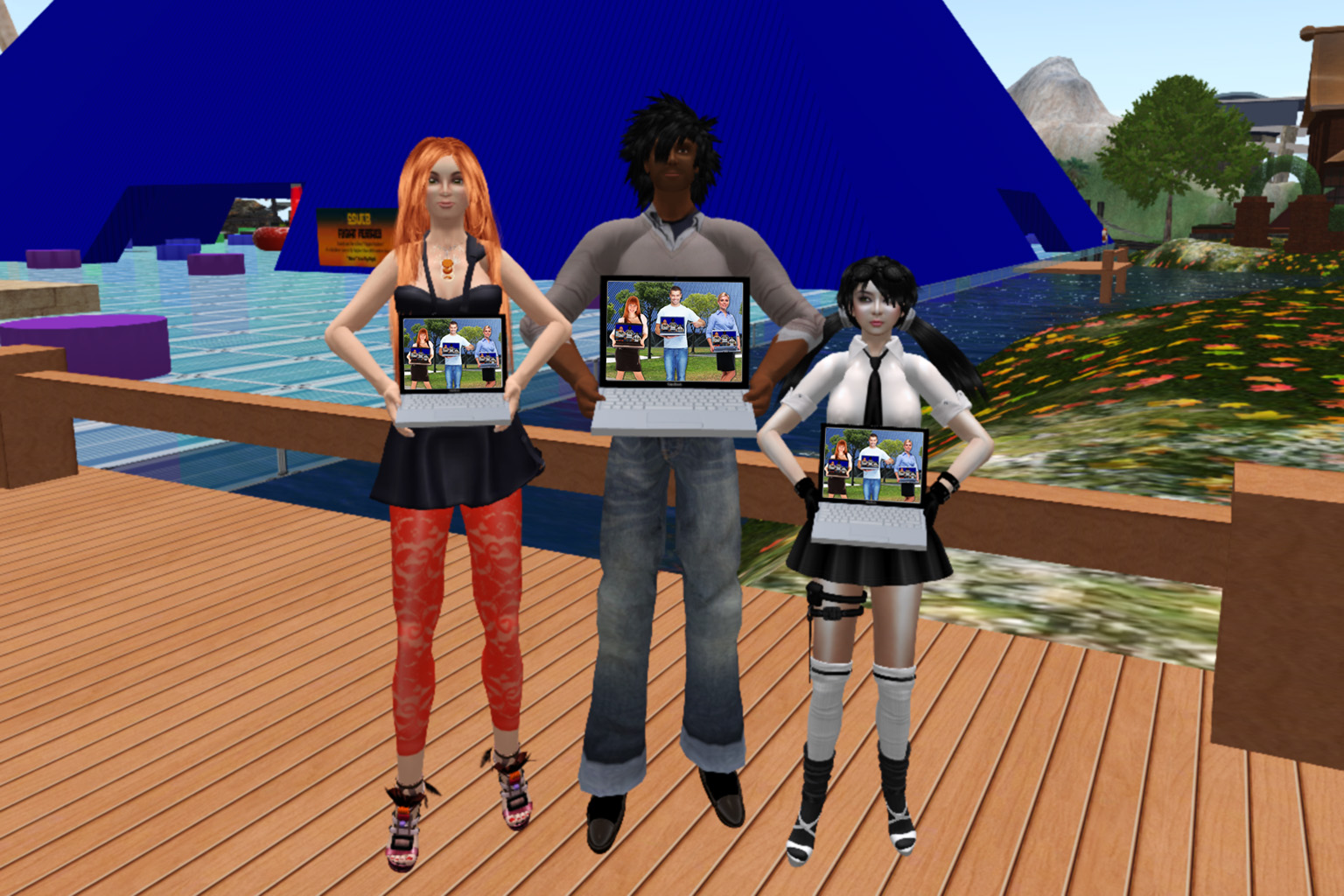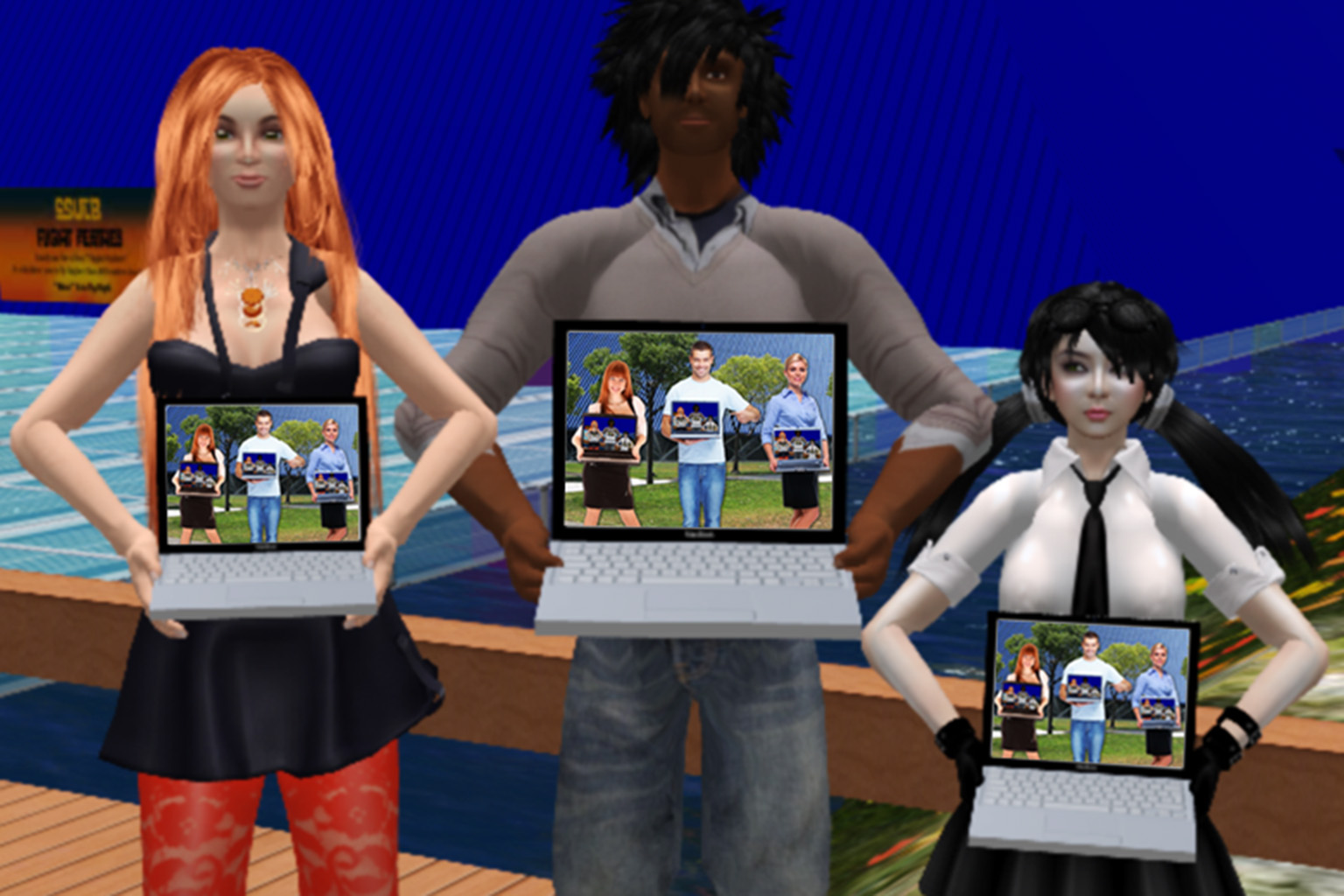Isomorphic (1862) – being of identical or similar form, shape, or structure. In abstract algebra, an isomorphism (isos “equal” + morphe “shape”) is a kind of mapping between objects that shows a relationship between two properties or operations. If there exists an isomorphism between two structures, the two structures are said to be isomorphic. In a certain sense, isomorphic structures are structurally identical.
Are you the same person when your body is composed of atoms, as when your body is made of bits?
when you talk to your parent, as when you talk to your child?
when you talk to your lover, as when you talk to your employer?
Are your avatar and your flesvatar merely doppelgangers of one soul?
In July Google launched Google+ and with it their “Real” name policy. They released, first to the hacker community, a community built on pseudonyms, their new, no pseudonym policy, thus sparking “The Nymwars”
anonym/ous – without any name acknowledged, as that of author, eg: 4chan or Wikileaks.
pseudonym/ous – a fictitious name used by an author to conceal his or her identity, or to build a new, unique identity, eg: Twitter or WordPress.
orthonym/ous – the “real” or “wallet” name of a place or person or thing, eg: Facebook or Google+
Pseudonyms are commonly used in literature, film, theater, and music. In online communities. By those avoiding oppression based on gender, ethnicity, or orientation. By activists living under authoritarian regimes. By those avoiding harassment and abuse. By those exploring and experiencing alternate forms of identity. Women and people of color use pseudonyms more often than white men.
Would Eric Arthur Blair have written the same work even if he had never become George Orwell?
Would Samuel Langhorne Clemens have written the same work even if he had never become Mark Twain?
Would The Reverend Charles Lutwidge Dodgson have written the same work even if he had never become Lewis Carroll?
As a performance Isomorphic could be a group of perhaps 9 people standing both as avatars in a virtual world and as “fleshvatars” in a physical world. Each holding a laptop containing a live transmission of their concurrent, alternate self. So each “human” would have their avatar on their laptop, and each avatar would have their “typist” on their laptop.
Technically, this means that each physical laptop would be running a Second Life viewer (and probably need to be plugged in for power) and each virtual laptop would have video (“media on a prim”) of a live video stream from the physical location.
Definitions:
– Webster’s Dictionary
– Wikipedia
– The Urban Dictionary
– Dictionary Slang
On The Nymwars:
• Wikipedia
• My Name Is Me
• Skud
• Alex Bayley
• Boing Boing
• JWZ
• Kevin Marks
• Electronic Frontier Foundation
• danah boyd
• Kee Hinckley
• Stephen R. van den Berg
• Gary Walker
• Botgirl Questi
• Jemima Kiss / The Guardian







7 thoughts on “VB Previz #53 – Isomorphic”